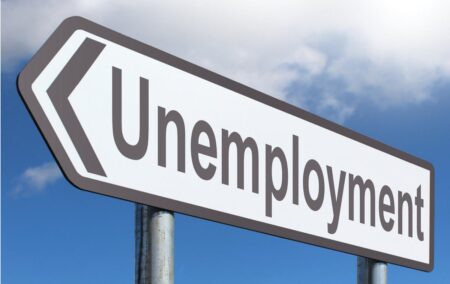Latest employment figures from Stats SA show that the number of people without jobs increased by over 2-million in the second quarter, following the lockdown.
The Quarterly Labour Force Survey was released on Tuesday and showed the economic devastation the Covid-19 lockdown has left in its wake.
The expanded unemployment rate (which includes unemployed people as well as those who have given up looking for work but would do so if offered employment) increased from 39.7% in the first quarter of 2020 to 42%.
The strict unemployment rate (which includes only those people who are unemployed but are actively looking for work) dropped from 30.1% to 23.3%. However, this was not because somehow employment increased during the lockdown. It was because people lost their jobs during the lockdown, but because of restrictions on movement could not actively go and look for other unemployment.
The single sector which saw the biggest decline in employment was that of people who worked in private households. Employment for this sector declined by 23.6%.
The Eastern Cape was the province with the highest unemployment rate. On the strict definition it had an unemployment rate of 36.9%, which increased to over 50% on the expanded rate. Mpumalanga had the lowest unemployment rate at 13.3% but its expanded unemployment rate was more than 30 percentage points higher at 45.4%, indicating the province has a very high number of discouraged workseekers.
The Western Cape had the second-lowest strict unemployment rate at 16.6% and the lowest expanded unemployment rate of 27.3%. The strict and expanded unemployment rates in Gauteng, South Africa’s richest province, were 26.4% and 38.7% respectively.
The unemployment rate is likely to decline in the third quarter as the lockdown eased, but many of the 2-million people who lost their work may find themselves condemned to long-term unemployment.

